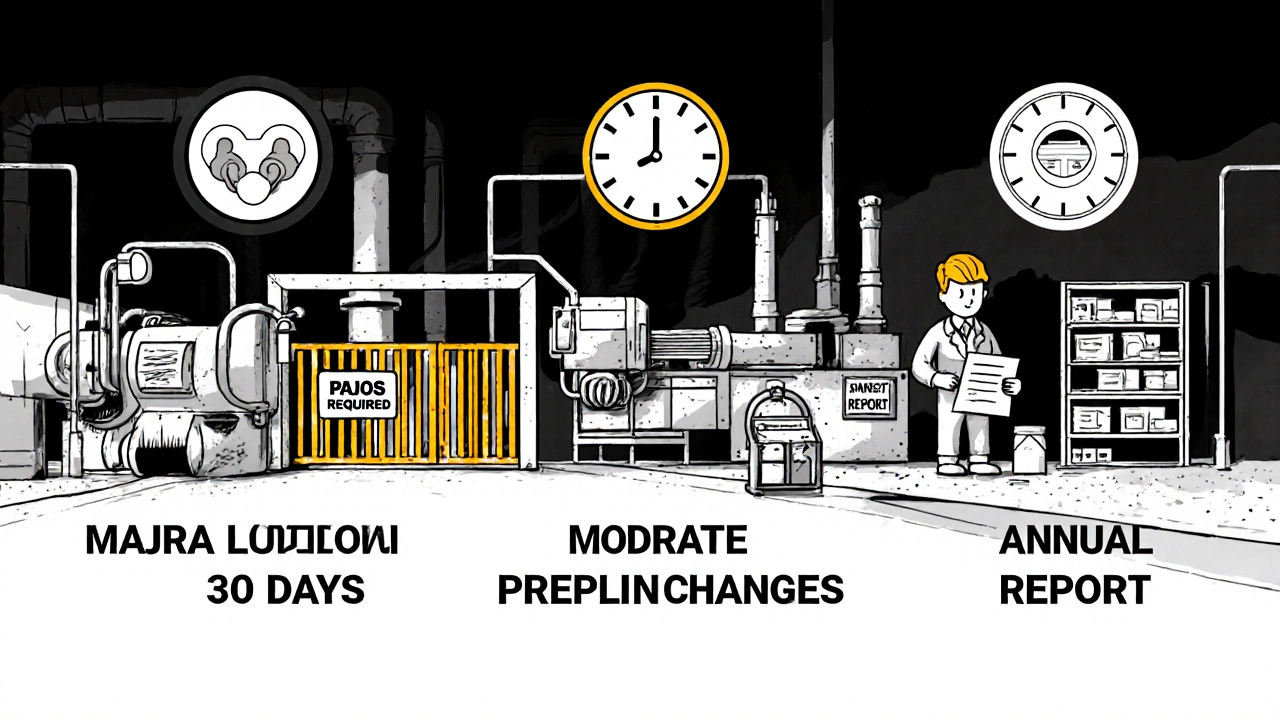Understand the FDA and global requirements for notifying and approving manufacturing changes in pharmaceutical production. Learn how to classify changes correctly to avoid regulatory violations and ensure product quality.
Pharmaceutical Quality: What It Means and Why It Matters for Your Health
When you take a pill, you expect it to work the way it should—no surprises, no hidden risks. That’s where pharmaceutical quality, the set of standards ensuring a drug is safe, effective, and consistently made to its approved formula. Also known as drug integrity, it’s the invisible line between a medicine that heals and one that could harm. This isn’t about fancy packaging or brand names. It’s about what’s inside the pill: the right amount of active ingredient, clean manufacturing, proper stability, and no dangerous contaminants.
Pharmaceutical quality directly affects generic drugs, lower-cost versions of brand-name medicines that must meet the same strict standards as the original. Just because a drug is cheaper doesn’t mean it’s less reliable—but quality control isn’t automatic. Hospitals and pharmacies don’t just pick generics by price. They look at batch consistency, supplier history, and how often a generic causes unexpected side effects. One bad batch can mean a patient’s blood pressure spikes or their seizure returns. That’s why formularies track which generic brands actually work in real life, not just on paper.
Then there’s biosimilars, complex drugs made from living cells that can’t be copied exactly, but must be proven nearly identical to the original biologic. Unlike simple generics, biosimilars require years of testing to prove they behave the same in your body. A slight change in manufacturing can alter how your immune system reacts. That’s why the FDA doesn’t approve them like aspirin. They demand real-world data on safety, effectiveness, and how they’re made. When you hear about drug shortages or recalls, it’s often because a single batch failed quality checks—not because the whole product is bad, but because one step in the process didn’t meet the bar.
Pharmaceutical quality isn’t just for big labs. It’s why you can trust that your morning statin won’t suddenly make your muscles ache, or why your insulin won’t lose potency sitting in your fridge. It’s why reporting a bad reaction to the FDA matters—because one person’s experience can expose a pattern that affects thousands. When a drug causes heart rhythm issues, liver damage, or breathing problems, it’s often because quality slipped somewhere along the line: wrong ingredient, wrong temperature, wrong cleaning protocol.
What you’ll find in these posts isn’t theory. It’s real cases: how a change in generic suppliers landed patients in the ER, why biosimilars cost less in Europe than in the U.S., how a single contaminated batch of itraconazole forced a recall, and why physicians are now documenting every generic switch they make—not just for patient care, but for legal protection. These aren’t edge cases. They’re routine risks in a system that’s supposed to be foolproof.
Pharmaceutical quality isn’t something you can see, taste, or feel. But you’ll know when it’s missing. And now you know what to look for—before the next prescription hits your hands.

